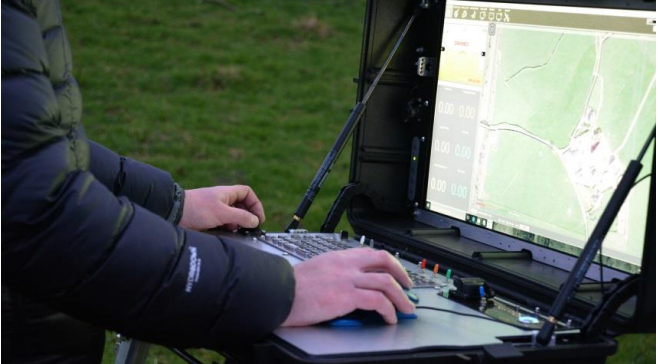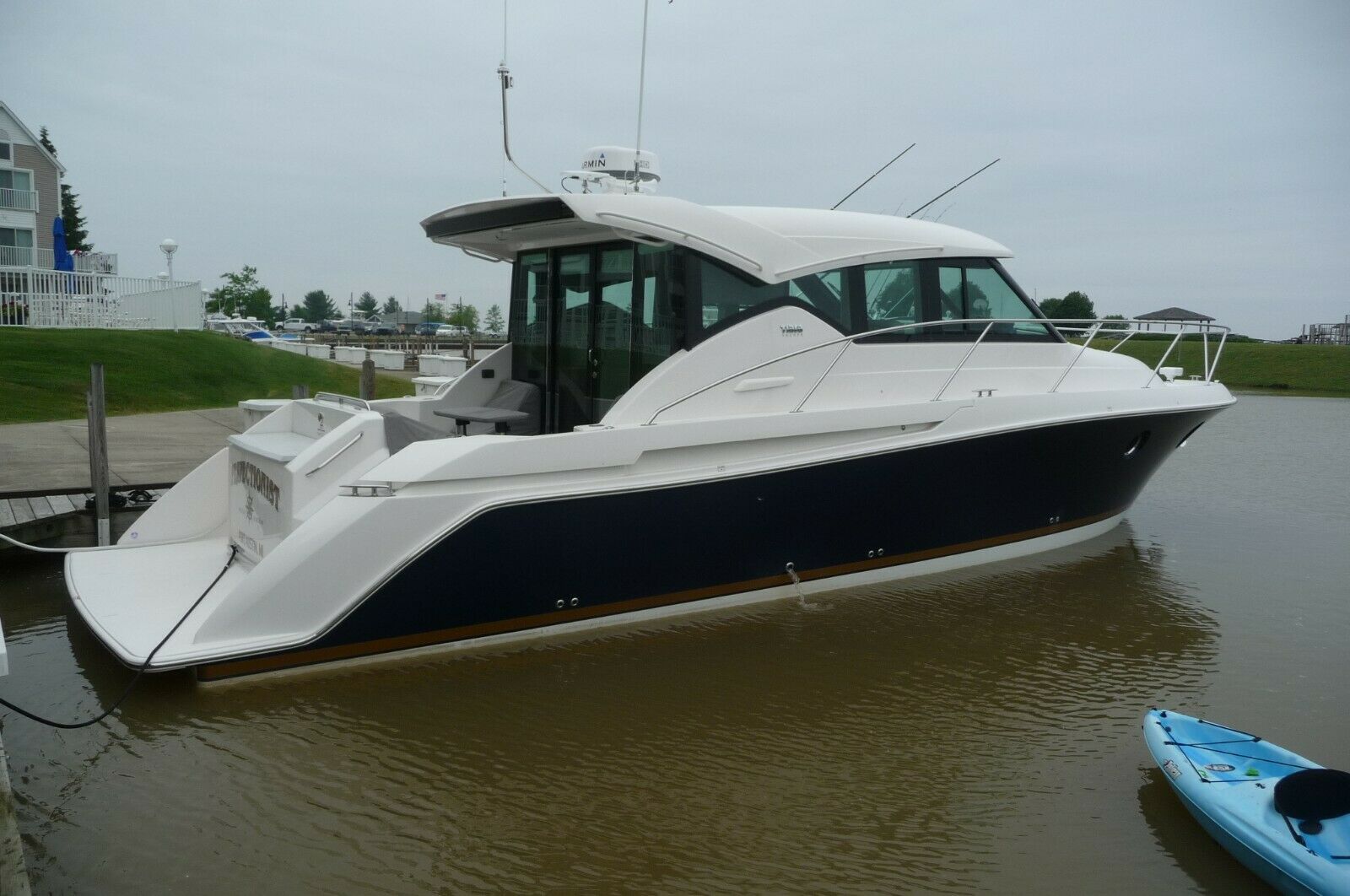

For this reason, most people who go with Japanese controls will use separate joysticks on their control panel with the plates oriented for different acceptable inputs. Take for instance the ServoStik which allows for switching between 4/8 way restriction without physically removing the restrictor plate, rotating, and screwing back on. I will admit, being an advocate of Japanese arcade parts, that American parts seem to have more options available.

Restricting input is often a major concern when choosing which joystick to go with. Some people are ok with this and still find it natural, I personally can't stand it. If the player hits the top-right diagonal, and the joystick is programmed to only handle 4-way, then the player expects diagonal movement but will only get up or right movement based on an algorithm. In my personal opinion the problem with these methods of restricting input is that, since it's not physical, it subverts players expectations. In fact, the Ultimarc UltraStick 360 has this exact functionality built into it with its custom mapping feature. There is a hard to track down device known as an e-limitator which digitally restricts movement by intercepting the input signals and converting them based on some script. For instance, with 8-way a square guide will make the throw distance (how far you can physically move the joystick in a given direction) longer on the diagonals and shorter in the cardinal directions whereas an octagonal guide will provide the same throw distance in all eight directions.Īs an aside, a physical restriction is considered the go to standard method of restricting player input, however there are non-physical means of accomplishing this as well. In the case of 2-way horizontal, the player will physically only be able to move the joystick left and right. Regardless of the type of restriction, these plates provide a means of physically restricting the player from hitting certain directions. I'm sure there are some niche restrictor methods I'm missing, but these are the main ones. The different restrictions that are available include 2-way (vertical or Horizontal), 4-way (accomplished through either a square rotated 45 degrees to be a diamond shape or cross-shaped guide), 8-way (usually an octagonal guide or a square), and no restriction (either a circle or by not using a restrictor plate at all). However, having done the research to answer these questions and more in the past, I may be able to at least point you in the right direction.įor the 4/8 restriction, this is largely accomplished through something called a restrictor plate which physically restricts the joystick in some way. As someone who strongly prefers Japanese arcade controls to American, I'm afraid I may not be of much help if you're set on using American parts. Ultimately, this comes down to personal preference and you may even need to try out a couple of your top choices before settling on one particular joystick. r/pinball - Pinball specific discussion. r/arcade - Original CoinOP Arcade specific discussion. r/RetroGamingNetwork - a multireddit for retro gaming! r/HyperSpin - HyperSpin specific discussion. R/MAME RULES/REGULATIONS REDDIT'S ARCADE COMMUNITY Over time, MAME (originally stood for Multiple Arcade Machine Emulator) absorbed the sister-project MESS (Multi Emulator Super System), so MAME now documents a wide variety of (mostly vintage) computers, video game consoles and calculators, in addition to the arcade video games that were its initial focus.

Applewin make secondary joystick primary software#
The fact that the software is usable serves primarily to validate the accuracy of the documentation (how else can you prove that you have recreated the hardware faithfully?).

Applewin make secondary joystick primary code#
The source code to MAME serves as this documentation. This is achieved by documenting the hardware and how it functions. As electronic technology continues to rush forward, MAME prevents this important "vintage" software from being lost and forgotten. MAME’s purpose is to preserve decades of software history. MAME is a multi-purpose emulation framework. Questions? Please check out OUR MAME/BYOAC Wiki!


 0 kommentar(er)
0 kommentar(er)
